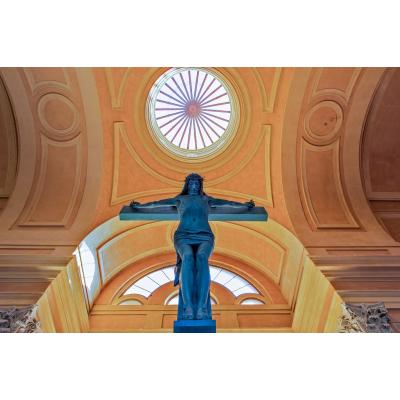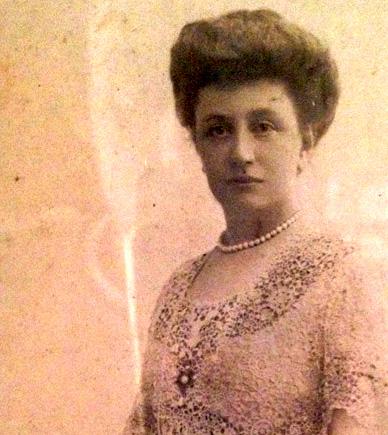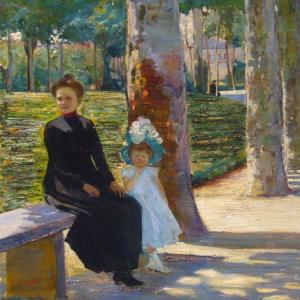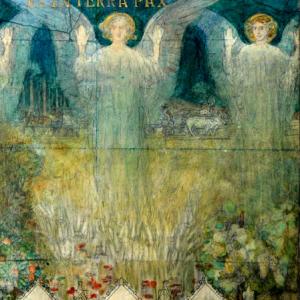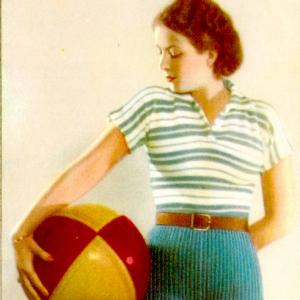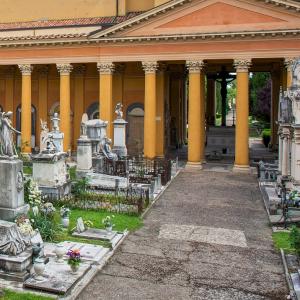Scheda
Lina Bianconcini, daughter of Count Filippo Bianconcini-Persiani and Carolina Zucchini, was born in Bologna in 1861. In 1885 she married the Count Francesco Cavazza and their salon became an important landmark in Bologna’s cultural life. The couple had three sons: Filippo, Gianluigi and Alessandro. Countess Cavazza’s name is most associated with Aemilia Ars, a society founded in Bologna in 1898, that shows Lina not only as a businesswoman but an attentive, selfless woman. The association had two purposes: to “introduce in the city and the region a subsidiary industry for women workers who do not have constant work, without turning them away from the family, and offering a means of fair income for those in poor health or burdened with the care of household chores” and secondly, “to improve the type of work by returning to the study of ancient models that, with the intelligence and ability, these ladies can easily adapt to a new life in the modern world.”
In 1909, following the earthquake from a year before, the Countess Cavazza initiated a workshop for needlework and embroidery in Messina, and in the summer months laundry and festive recreations aimed to give women work to help the destroyed city. In such an event the countess said, “gave proof of her extraordinary talents as an organiser and a woman of the heart.” During the First World War the Countess Cavazza started a large operation to assist the News Office for military families, of both land and sea that, with 8,400 offices throughout all of Italy and with 25,000 volunteers working, allowed families of soldiers to receive news about their loved ones at the front. The mother, the Countess Lina Cavazza, created the News Office (Ufficio Notizie) she wanted to become the link between the country and the fighting army and which coincided with characteristics of the resistance movement as well as assistance. It was one of beautiful and purest forms of piety, one of the most effective feminine contributions given during the war, because the results were not only from the traditional charity of the lineage, but also because of the virile energy of the Italian woman. In 1942 Cavazza died in Bologna. She rests in her family’s tomb located in the Gallery of the Angels at the Certosa in Bologna.
Translation from italian language by Holly Bean.


